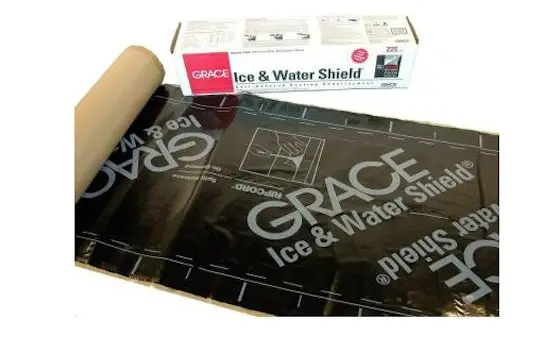Causes of Ice Dams
DEAR TIM: This past fall we had a new roof installed. It has rained many times and never leaked. However, after some recent heavy snowfall and very cold weather, water began leaking into my house in many locations. What did the roofer do wrong? Why would it leak now, but not during a heavy rainfall? N. C.
DEAR N. C.: You should let your roofer off the hook. The leaks in your house were caused by ice dams. These "dams" form under the conditions you described, as well as during periods of heavy freezing rain. To understand why ice dams would cause leaks, you have to understand how a vast majority of roofs work.
Roofs depend almost exclusively on gravity to keep water from entering your house. I'll bet that you would never have guessed that physics and roofing were related! Here is how it works.
For the most part, shingles, slate, tile, etc. are installed in a similar fashion. They are individual pieces which overlap so as to shed water. Generally, roofers begin installing these materials at the bottom of your roof near your overhangs. They continue up the roof putting the next piece of roofing material on top of the one below. The steeper your roof, the better this system works.
However, if water flows backwards up your roof and gets underneath and behind the individual roofing pieces, you will have leaks. Ice dams cause this to happen. They generally form under the conditions you described. Heat from the sun or heat leaking from your house causes the snow to begin to melt. This melt water travels beneath the snow to the gutter. The temperature of the gutter is below freezing. The water hits the cold metal and instantly freezes.
CLICK HERE to get FREE & FAST BIDS from local Roofers who can install Ice Dam Membrane.
Within a short period of time, the gutter is solid ice and the ice is beginning to grow up the roof. Eventually, the water hits this ice dam and before it can freeze, it flows underneath the pieces of roofing and leaks into your house.
WATCH ICE DAM VIDEOS
You cannot easily stop ice dams from forming. However, you can do several things to minimize the possibility of leaking. Consider building large roof overhangs if you are building a new home. Have your framing carpenter or builder use trusses or roof rafters with high heel cuts. This allows insulation to be placed at full depth where the roof passes over exterior walls. Standard trusses or framing can reduce ceiling insulation in these areas to as little as three inches.
If you have an existing home, consider installing specialized roofing products designed specifically to combat water buildup from ice dams. These products are manufactured using modified asphalt. They are applied directly to the wood sheathing just above your gutter line. Your regular roofing material is then applied directly over these products.

I covered the ENTIRE roof of my New Hampshire house with Grace Ice and Water Shield. I never have to worry about a roof leak - EVER. (C) Copyright 2017 Tim Carter
These specialized roof membranes form a barrier which resists water infiltration. The modified asphalt contains rubber which seals around the nails which hold the roofing material to the wood sheathing. If this material is used at the edges of roofs, in valleys, at roof slope changes, skylights, chimneys, etc., your roof should resist all but the worst ice dam.
CLICK HERE to get FREE & FAST BIDS from local Roofers who can install Ice Dam Membrane.
Column 011